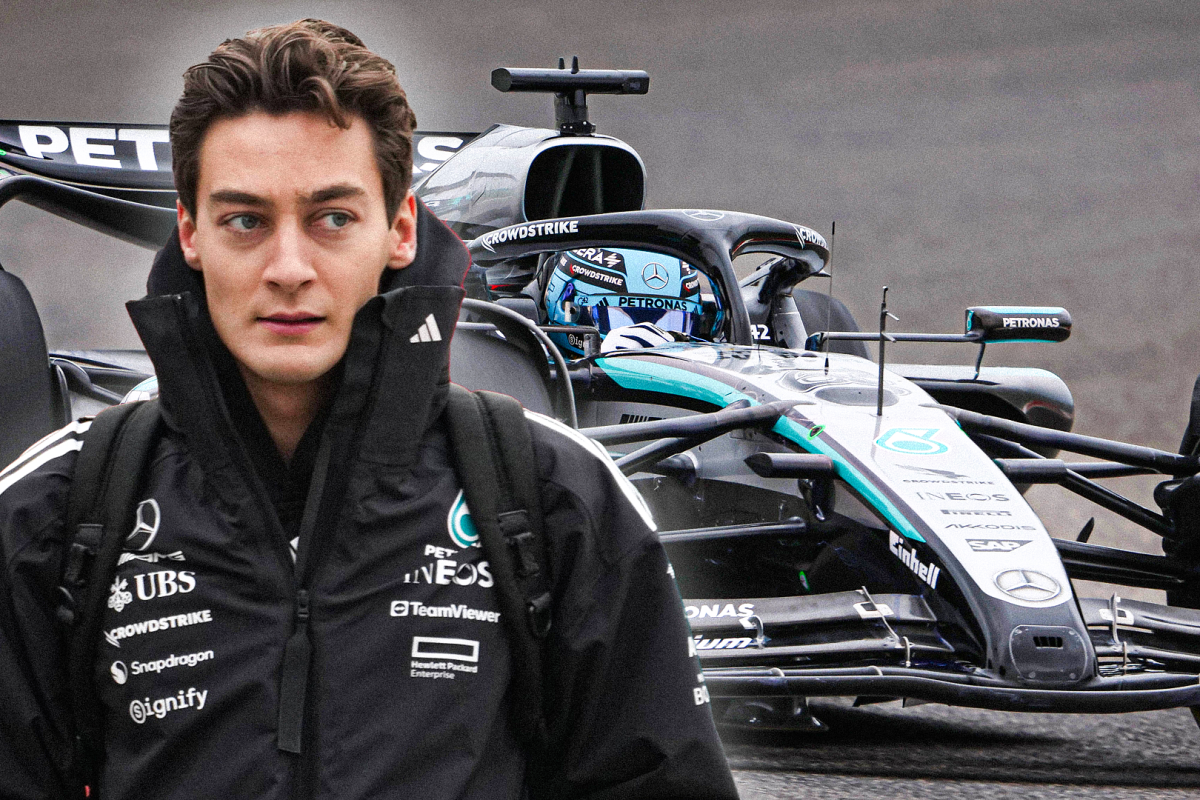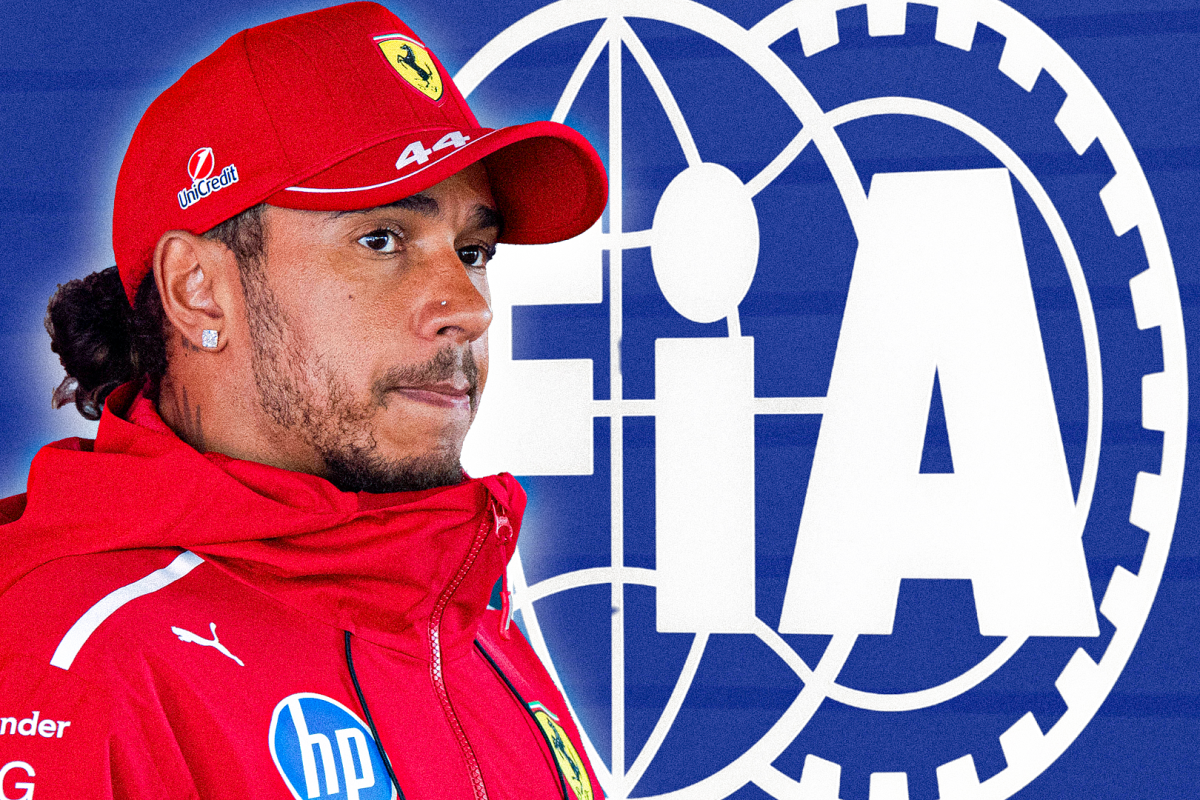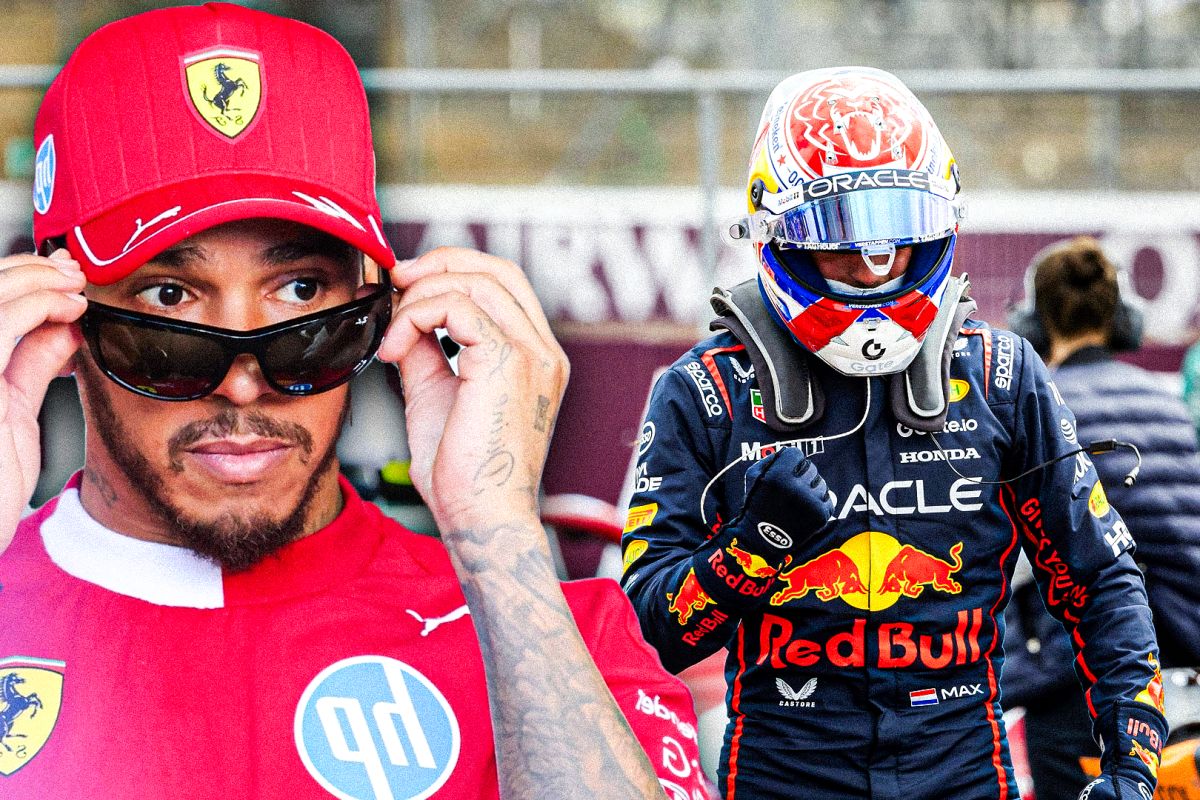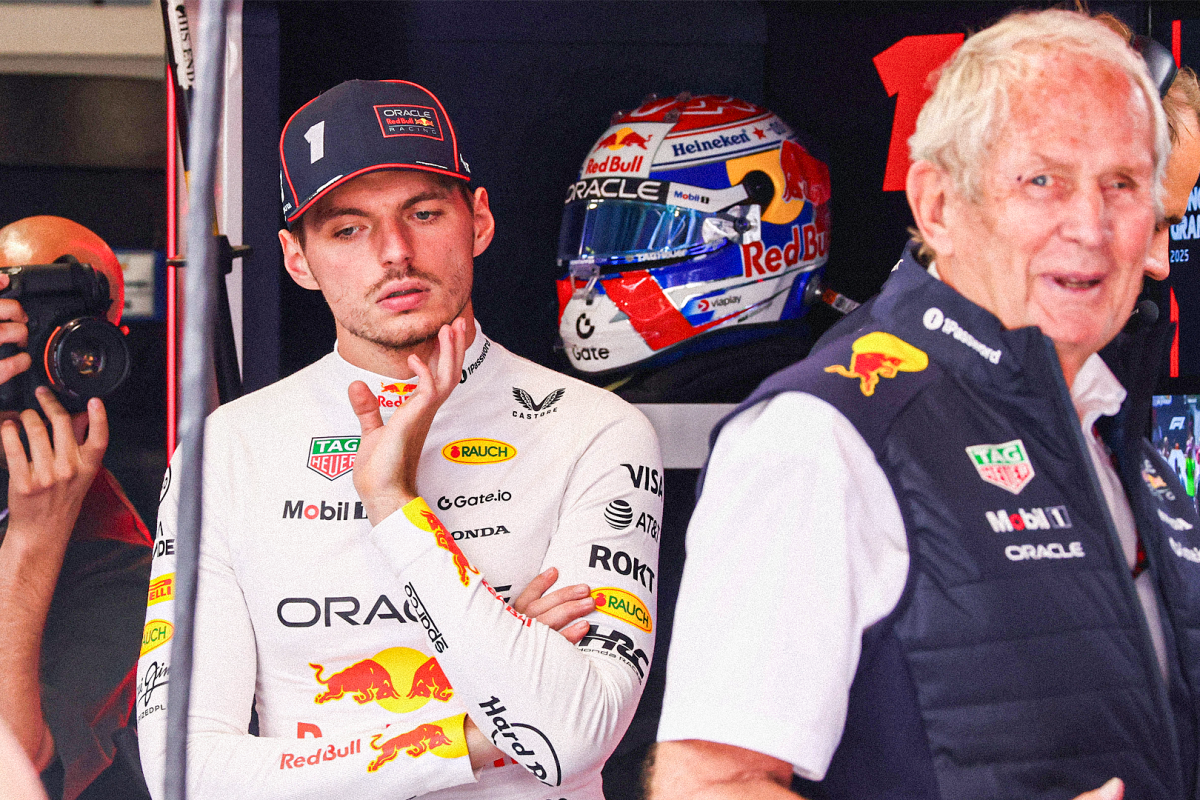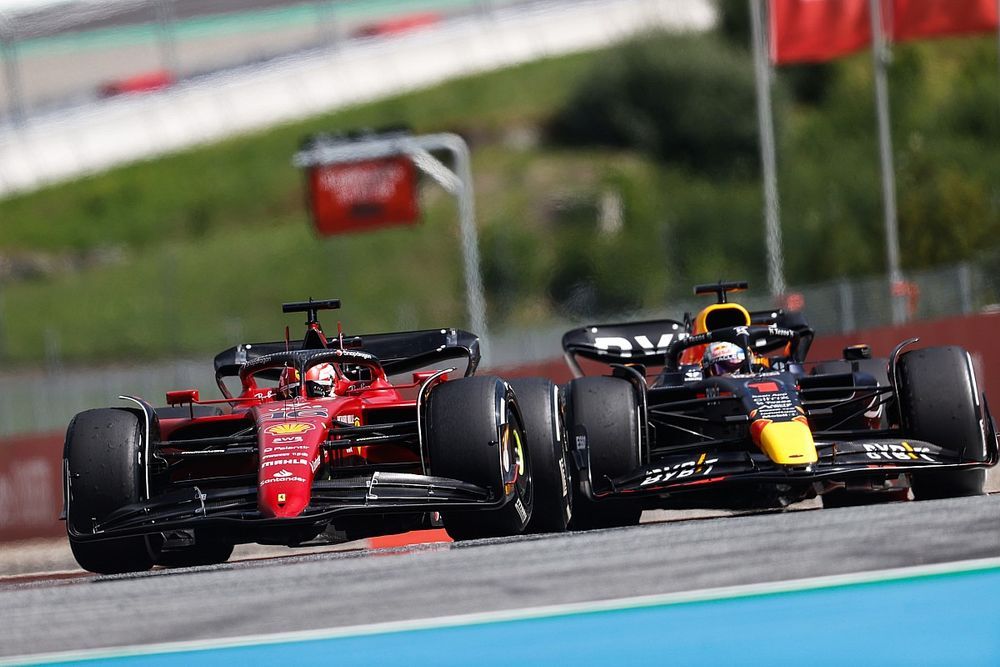Mercedes conduct private F1 test in unusual S… read more
During the break between Formula 1 grands prix, the Mercedes-AMG Petronas Formula One Team conducted a private test session at Silverstone Circuit. However, this was no ordinary test — rather than using the traditional Grand Prix layout that has become synonymous with the British round of the championship, Mercedes opted for the circuit’s less commonly seen National layout. This test was carried out on behalf of Pirelli, the sport’s official tyre supplier, as part of the development programme for the new 2026 F1 tyre regulations. Over two days of running, the team and Pirelli focused on gathering data critical to the development of next-generation wet weather tyres. The test was especially significant as the sport continues to fine-tune its technical regulations and adapt its tyre technology to the anticipated changes in car and race dynamics expected in the 2026 season.
The driver behind the wheel for Mercedes during this test was George Russell, piloting a specially prepared mule car. This vehicle was based on the current 2024 W15 chassis but adapted to accommodate experimental components in line with what teams and suppliers expect to encounter under the forthcoming 2026 rules. Over the course of the test, Russell completed an impressive 80 laps, translating to a total distance of 481 kilometers. The main emphasis was on wet tyre performance, with Pirelli trialing various iterations of their full wet and intermediate compounds. The testing was not just about outright lap times or performance; rather, the objective was comparative analysis, allowing engineers to observe how different compounds behave under similar wet conditions and how they might evolve to suit the demands of future F1 cars.
What made this particular test stand out was the choice of circuit configuration. Silverstone’s National Circuit differs significantly from the full Grand Prix circuit used during the British Grand Prix. Measuring just 2.63 kilometers in length, the National layout is considerably shorter and eliminates several of the high-speed sections that define the modern F1 layout. It starts with the classic Copse corner — formerly the first corner of the full Grand Prix track — and then cuts right through Maggots, skipping the more complex sections such as Becketts and Chapel. It reconnects at the Wellington Straight, bypassing the long straights and the technical complexity of the newer segments introduced in recent revisions to the Silverstone Circuit. The result is a shorter, more compact track that is particularly suited to repetitive lap testing, allowing teams and tyre manufacturers to gather high-quality data more efficiently, especially when dealing with changing or controlled track conditions such as artificial wet weather simulations.
According to Mario Isola, Pirelli’s Motorsport Director, the Silverstone test was an invaluable step in the ongoing development of the 2026 tyres. Isola confirmed that the focus was largely on evaluating how well the intermediates and full wets were performing, not just in isolation, but in comparison to one another. The intermediate compounds, he said, showed positive results and aligned well with the expectations formed in earlier simulations and tests. The development appeared to be progressing smoothly in that area. However, the results with the extreme wet tyres were more inconclusive. Isola noted that additional analysis would be necessary to fully understand the data, as variability in track conditions or other environmental factors may have influenced the readings. These findings will now undergo thorough review and simulation work to further refine the design and performance goals of the wet weather tyres for the 2026 season.
This test in Silverstone follows earlier sessions held at Paul Ricard in France back in January, where Pirelli also worked with teams to assess performance under wet and dry conditions. The Silverstone test added crucial depth to the development programme, particularly in the area of real-world wet tyre behaviour — a topic that has become increasingly critical for Formula 1. In recent seasons, wet races have highlighted the limitations of current wet compounds, with issues around grip levels, aquaplaning resistance, and driver confidence frequently raised. By investing in rigorous wet tyre testing now, Pirelli aims to ensure that the next generation of tyres will perform more reliably in adverse conditions, reducing the likelihood of red flags or long safety car periods caused by undriveable tracks.
Looking ahead, the next stage in Pirelli’s tyre testing journey will take place at the Circuit de Barcelona-Catalunya, immediately following the Spanish Grand Prix. Scheduled for June 3 and 4, this test will once again feature Mercedes, but this time they will be joined by Racing Bulls, the rebranded team formerly known as AlphaTauri. Like the Silverstone outing, the Barcelona test will play a critical role in verifying tyre behaviour on a traditional F1 track with a combination of high-speed corners, long straights, and technical infield sections. With the 2026 regulations set to bring major changes — including lighter, more efficient power units and potentially significant aerodynamic adjustments — Pirelli is under pressure to deliver a tyre product that not only ensures safety and consistency but also complements the new generation of cars.
Overall, the Silverstone National Circuit test represents an important step in that direction. By leveraging less conventional track layouts, collaborating closely with top teams like Mercedes, and running tests in varied conditions, Pirelli is laying the groundwork for a smoother transition into the future of Formula 1. As the development process continues, all eyes will be on how these tyres evolve to meet the demands of a new era in motorsport.
